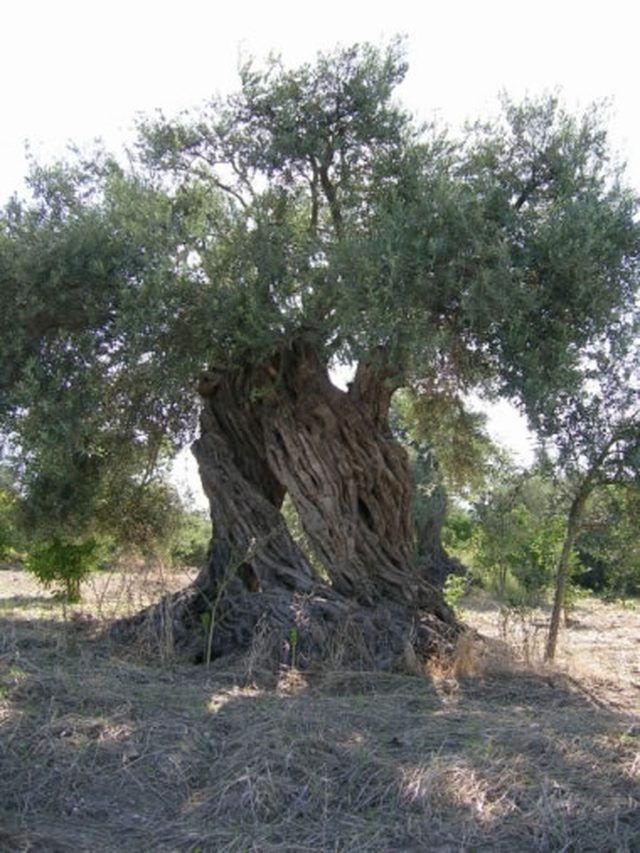Bulbs
Flower Basics
Flower Beds & Specialty Gardens
Flower Garden
Garden Furniture
Garden Gnomes
Garden Seeds
Garden Sheds
Garden Statues
Garden Tools & Supplies
Gardening Basics
Green & Organic
Groundcovers & Vines
Growing Annuals
Growing Basil
Growing Beans
Growing Berries
Growing Blueberries
Growing Cactus
Growing Corn
Growing Cotton
Growing Edibles
Growing Flowers
Growing Garlic
Growing Grapes
Growing Grass
Growing Herbs
Growing Jasmine
Growing Mint
Growing Mushrooms
Orchids
Growing Peanuts
Growing Perennials
Growing Plants
Growing Rosemary
Growing Roses
Growing Strawberries
Growing Sunflowers
Growing Thyme
Growing Tomatoes
Growing Tulips
Growing Vegetables
Herb Basics
Herb Garden
Indoor Growing
Landscaping Basics
Landscaping Patios
Landscaping Plants
Landscaping Shrubs
Landscaping Trees
Landscaping Walks & Pathways
Lawn Basics
Lawn Maintenance
Lawn Mowers
Lawn Ornaments
Lawn Planting
Lawn Tools
Outdoor Growing
Overall Landscape Planning
Pests, Weeds & Problems
Plant Basics
Rock Garden
Rose Garden
Shrubs
Soil
Specialty Gardens
Trees
Vegetable Garden
Yard Maintenance
How to Plant Olive Trees
How to Plant Olive Trees. Since ancient times, olive trees have been planted to bear fruit, produce fine wood, olive leaves and, indirectly, olive oil. Well-maintained trees will produce these items for up to several centuries. Coastal climate conditions and calcareous soils provide the best conditions for olive tree growth and health.

Since ancient times, olive trees have been planted to bear fruit, produce fine wood, olive leaves and, indirectly, olive oil. Well-maintained trees will produce these items for up to several centuries. Coastal climate conditions and calcareous soils provide the best conditions for olive tree growth and health.
Things You'll Need
Shovel
Hoe
3 cu ft manure
5 lb trace mineral
Lime (as needed)
Coarse straw
How to Plant Olive Trees
Research olive trees and, if the conditions in your area are conducive to growing this type of tree, contact local garden centers and shop the Internet to order a sapling.
Spread 3 cu feet of well-rotted animal manure over an approximately 9-by-9 foot area at the tree planting site.
Spread up to 5 pounds of trace mineral dust such as Azomite over the same 9-by-9 foot area.
Contact a local fertilizer company or a department of agriculture representative if you do not know the pH of the soil in which you are planting the olive tree. The ideal pH is 7.0 to 8.0. Lime can be added with the manure and mineral dust as needed to reach this level.
Dig an area sufficient for the sapling's size. Plant the tree at the same depth it was in its original pot. Level the area with a hoe.
Mulch the surrounding area approximately 5 feet from the tree's base with coarse straw to conserve water, cool the soil and hinder weed growth. Water the tree, but not to the point that it is waterlogged; excess water poses a threat to the health and productivity of an olive tree.
Tips & Warnings
When removing the olive sapling from its pot, be careful not to disturb the roots. Protect your olive tree from insects, animals and frost as needed in your region.